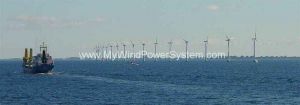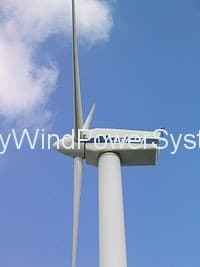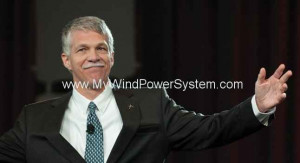For the month of December, last year, wind power provided the country of Denmark with just over half-about 55%- of its electricity. That’s a record. It is the first time any country has generated and used over half of its electricity from wind power alone for an entire month. During Christmas week, it provided 68.5%. Denmark seems well on the way Denmark to achieving its target of generating 50% of its electricity from wind power on an annual basis by 2020. Indeed it seems reasonable to expect it to achieve the nirvana of 100% of all electricity from renewable energy sources by the middle of this century.
How did it attain this world-leading position? Denmark had relatively high CO2 emissions in the 1980s, largely due to its many coal-fired electricity generating power plants. It adopted a target of cutting carbon emissions by 22% from 1988 levels by 2005. In March 1985, the Danes passed a law forbidding the construction of nuclear power plants. This seemed prescient- it was one year before the Chernobyl disaster. Denmark’s anti nuclear power lobby became supreme: “Atomkraft, Nej Tak” (“Nuclear Power, No Thanks”) with its smiley logo spread world wide.
Denmark has relatively modest average wind speeds in the range of 4.9–5.6 m/s measured at 10 m height. Onshore wind resources are highest in the western part of the country, and on the eastern islands with coastlines facing south or west. The country has very large offshore wind resources, and large areas of sea territory with a shallow water depth of 5–15 m, where offshore wind farms can be situated relatively easily. These sites offer higher wind speeds, in the range of roughly 8.5–9.0 m/s at 50 m height.
Gripping the reins of wind power tightly, Denmark became the biggest wind turbine manufacturers with companies such as Vestas and Siemens. As long ago as the 1980s, a large number of small Danish companies were developing wind turbines to sell to California. These resulted in reliable products and the rapid expansion of the Danish turbine manufacturing industry to the size it is today. Around 90% of its wind turbines are exported and it is recognised as a world leader in the continuing development of more and more efficient turbines.





